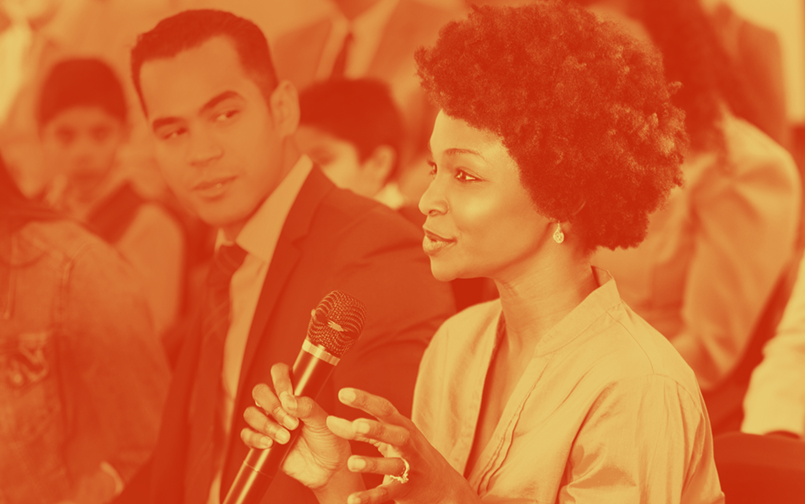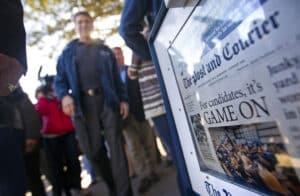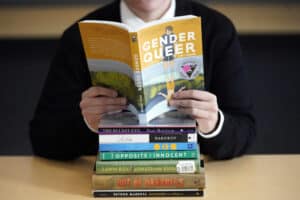LATEST
By David Bauder, AP Media Writer, last updated on April 26, 2024
NEW YORK (AP) — This spring, NBC News, The New York Times and National Public Radio have each dealt with turmoil for essentially the same reason: journalists ...
FEATURES
PERSPECTIVE
Free Speech Center @ MTSU

FREEDOM
OF SPEECH
Protects the spoken word, the arts and media

FREEDOM
OF ASSEMBLY
Guarantees the right to gather in protest.

FREEDOM
OF PETITION
Ensures the right to lobby government for change

FREEDOM
OF THE Press
Protects the written word, literature and the news media.

FREEDOM
OF RELIGION
Allows us to worship as we wish and prevents government from establishing or endorsing a religion
How to contribute
The Free Speech Center operates with your generosity! Please donate now!


